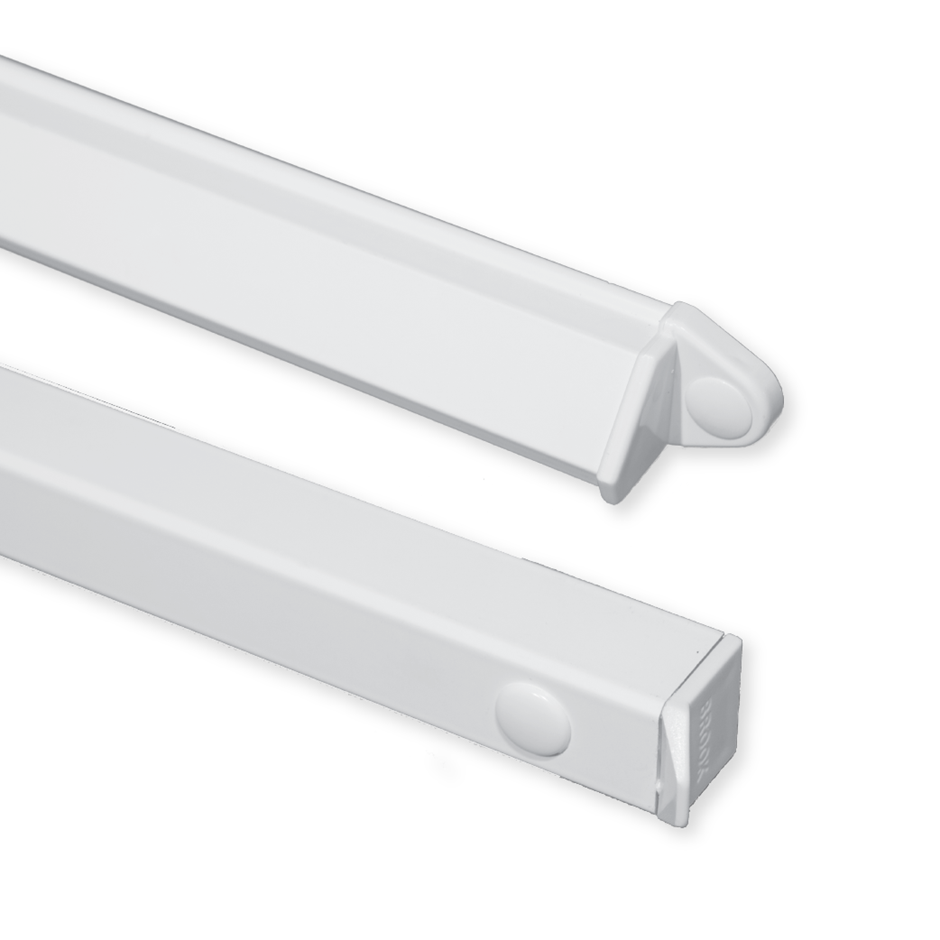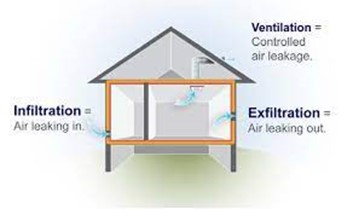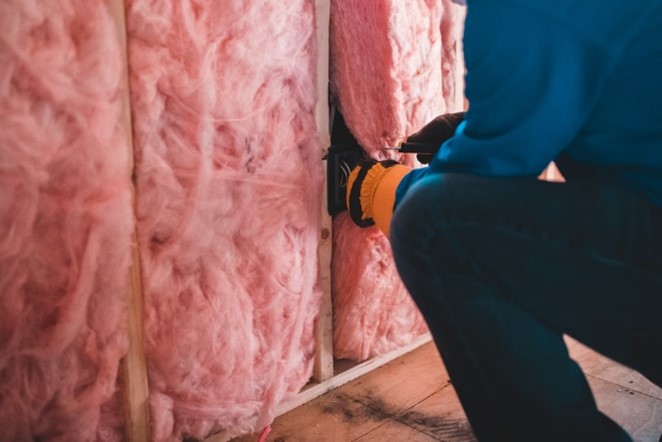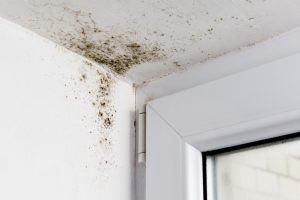
Few things are more annoying than regulation changes that force you to change what you do. Recent changes to Part F of the building regulations compelling an increased use of window trickle vents can be viewed in that way. You have neat stylish windows and suddenly you are going to have to cut a big hole through the frame and put on a trickle vent and hood which at first glance seems almost pointless. After all, for many years you have been able to minimise the use of vents, and nobody has complained.
https://www.gov.uk/government/publications/ventilation-approved-document-f
So, what is driving this change?
The new approved document F does give the reasoning. Basically, much of our building stock was built before the conservation of energy became paramount. Air would leak in through the roof and the windows we might even be buying draught excluder strips to keep the cold air out in winter. You may be surprised to know that a massive source of air infiltration is the walls of your house.
George our vent manager can recall the first project that he worked on was pressure tested. When the pressure could not be maintained the testers threw in a smoke bomb and the extent of the leakage was obvious. The problem was the blockwork. The solution was simple. All the inside surfaces had to be coated until they formed a suitably airtight barrier. Then the pressure test was successfully concluded. The solution to that building perhaps showed the beginnings of the forthcoming problems.
While those old draughty houses gave excellent inside air quality, all the air you had heated to keep warm could escape with ease. The cost of energy was rising so householders were looking for savings and the regulators were beginning to realise that fuel resources would one day run out. While, perhaps, most of us did not understand the impending problems of pollution, some groups also realised that using all our fossil fuels was also poisoning the planet. So, we started to think of ways to conserve energy and use less fuel.
What did he do?
The first thing we did was to insulate our lofts. Heat rises and it was rising straight through the roof. Next, we looked at our windows. Our old single glazed windows ran with condensation in the winter and were often poor fitting with draughts all around. So, we invested in double glazing and that made a big difference. We then noticed that a good amount of our heat was disappearing into our cavity walls, so we stuffed those full of insulation.
Now we have stopped all our expensive heat getting out and we can also feel that we are doing our bit for the environment. Is everybody happy? Not quite.
Problems
Some of us begin feeling a bit stuffy indoors. Increase CO₂ by breathing in an enclosed ventilated space and you soon feel drowsy. Drowsiness gives in to headaches and soon you are not feeling so well in your home. In office spaces, this is often referred to as sick building syndrome. At home, you are spoiling your quality of life. The answer……Open a window… Wait! Let all my expensive heat out? So, we keep those windows closed and humidity is building. Increased moisture in the air must be heated so, in fact, our heating bills are now going up. That is not our only issue. You may remember from school how bacteria and mould grow well in warm damp conditions so guess what is going to happen in your home. Mildew will start forming on your walls and mold will begin growing on your soft furnishings and clothes in cupboards
Housing associations and councils have been experiencing problems of this nature in their properties for some years. The housing association pleads with the tenant to open windows, but the tenant may mention the high heating bills, poor living conditions, and ruined possessions. One word can provide the solution. Ventilation!
Properly Ventilated Properties
Properly ventilated properties protect their occupants and structure. We do not want people to have to throw open their windows just to live in comfort. They need to have gentle, controllable ventilation as is provided by trickle (or background) ventilation. https://staging.brookvent.co.uk/building-regulations-and-window-ventilation/
This is what the new regulations are trying to achieve. In years to come more properties will be built with heat exchangers so that incoming air is heated by warm expelled air. But for a long time, most of our housing stock will rely on natural ventilation. The key to natural ventilation is flow. A tiny lessening of pressure on the leeward side of the building pulls air through the window vents causing fresh air to be drawn in on the windward side. The flow is gentle so there is very little loss of heat. However, if you block the passage of air across the property then the flow will stall so it is important to allow air in and out. You may note that the building regulations require ventilation to be spread around the property.
We don’t want unventilated rooms as we would just be causing problems. Also, we don’t want a single, large point of entry that may feel like draughts.
What do you need?
You need controllable background ventilation which can be adjusted to suit the situation. After all, one person at home will need less air than all the family. In the Summer you may wish to increase the flow to give a cooling effect. You may wish to increase flow at Christmas. All the family and friends are around with lots of vegetables steaming on the hob. These are the sort of reasons why we might wish to consider the word “minimum requirements” in the building regulations. When you work to a minimum then the user will only be able to increase the ventilation by opening a window. Giving a little more leeway is good practice and gives the building user greater flexibility.
Sealing up our properties, without proper ventilation, puts the users and the structure at risk. Good ventilation will keep us healthier and happier and means less building maintenance, so we are wealthier too. The tiny loss of heat is paid back many times over.
Contact us for the Best Advice
The Brookvent team is always on hand to help solve your ventilation issues. Please get in touch by phone at 02890616505, e-mail, hello@brookvent.co.uk. https://staging.brookvent.co.uk/contact/contact-us/









